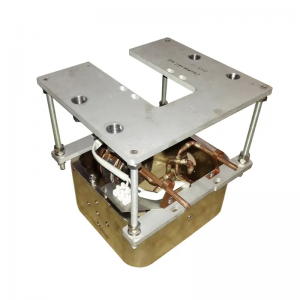As the healthcare industry continues to develop, the role of medical electromagnets is becoming more and more important. These devices are critical in a variety of applications, including magnetic resonance imaging (MRI), therapy and advanced surgery. Driven by technological advancements, growing demand for non-invasive treatments, and increasing attention to precision medicine, medical electromagnets have broad prospects for development.
One of the major factors driving the growth of the medical electromagnet market is the rising demand for advanced imaging technologies. MRI machines rely heavily on powerful electromagnets, which are critical for diagnosing a variety of medical conditions. As the global population ages and the prevalence of chronic diseases increases, the need for accurate, timely diagnosis is more important than ever. Innovations in electromagnet design are helping to develop more compact, more efficient MRI systems that improve image quality while reducing operating costs.
Technological advances have also enhanced the capabilities of medical electromagnets. The integration of artificial intelligence (AI) and machine learning algorithms is improving the accuracy of imaging and diagnosis. These technologies can better analyze magnetic fields and patient data to develop more personalized treatment plans. Additionally, advances in superconducting materials enable the creation of stronger, more energy-efficient electromagnets, which could significantly improve the performance of medical devices.
The increasing emphasis on non-invasive and minimally invasive treatment options is another key driver for the medical electromagnet market. Electromagnetic therapies such as transcranial magnetic stimulation (TMS) and magnetic field therapy are growing in popularity for their ability to treat conditions such as depression, chronic pain, and neurological disorders without surgery or drugs. This trend is consistent with the broader movement toward patient-centered care and holistic approaches to treatment.
Additionally, increasing investment in R&D in the medical technology segment is expected to further drive the growth of the medical electromagnet market. The demand for advanced electromagnet technology will continue to grow as healthcare providers seek innovative solutions to improve patient outcomes.
In conclusion, the future of medical electromagnets is bright, driven by growing demand for advanced imaging techniques, technological innovation and a focus on non-invasive treatments. As the healthcare industry continues to prioritize precision and patient-centered care, medical electromagnets will play a vital role in shaping the future of medical diagnosis and treatment.

Post time: Oct-25-2024
